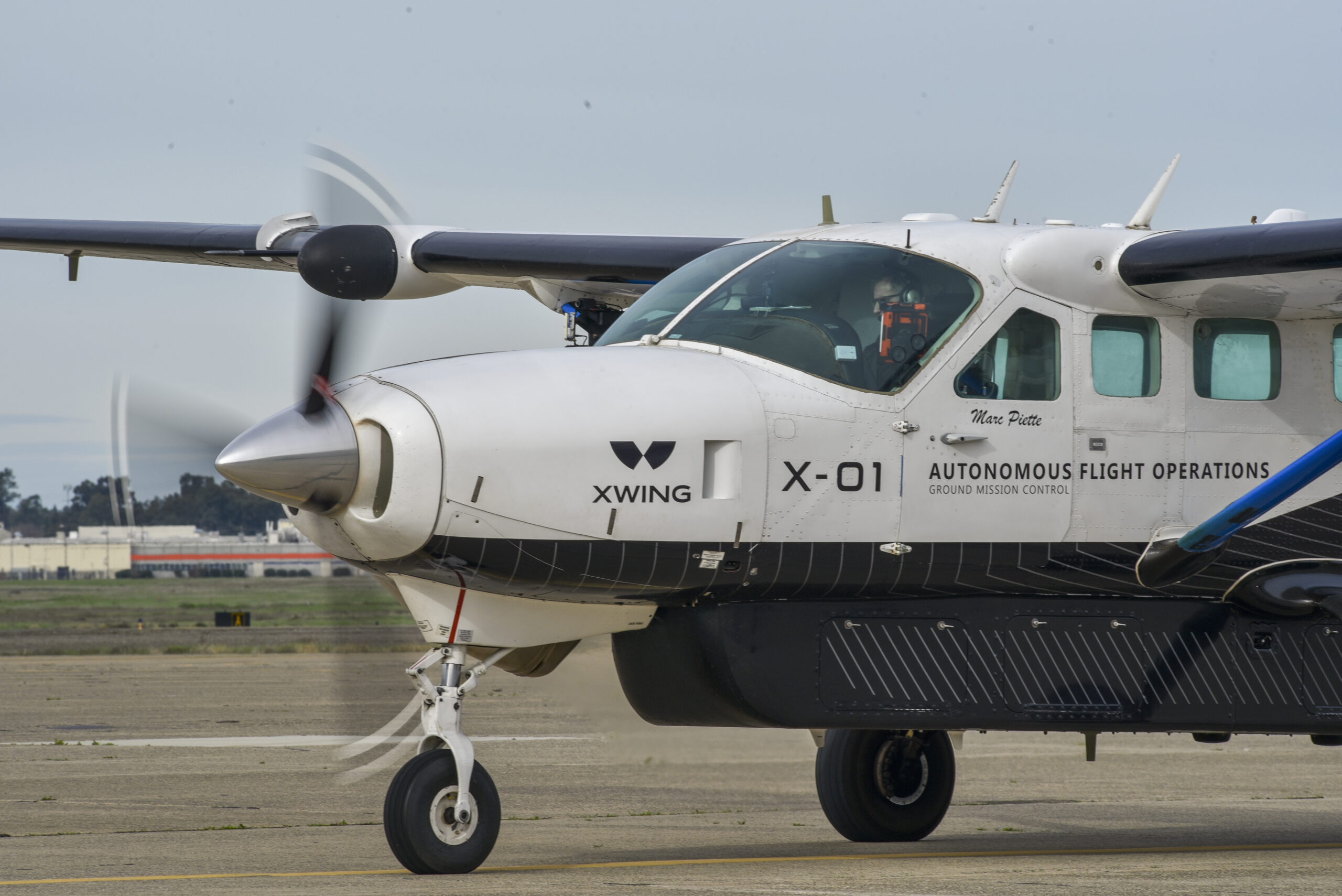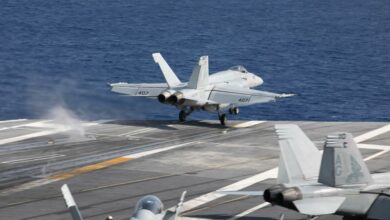US Air Force innovation arm AFWERX has completed an autonomous logistics demonstration of a Cessna 208B Grand Caravan high-wing aircraft in California.
The activity was facilitated under the Prime program, which seeks the maturation and employment of advanced autonomous platforms.
The flight was conducted to identify the feasibility of autonomous aviation for the air force’s Agile Combat concept that aims to “improve resilience and survivability” between military hub installations and smaller airfields through modern aircraft and equipment.
During the event, AFWERX and autonomy developer Xwing tested the company’s flight technology, which enables an aerial vehicle to deploy, travel, and maneuver through airborne and ground obstacles and land without human intervention.
The 208B performed autonomous takeoffs and landings at Yolo County Airport in Davis, while Xwing’s software controlled the aircraft to deliver cargo from March Air Reserve Base to McClellan Airfield.
“Demonstrating the capability in an operationally relevant environment is a technical milestone in a capability’s technical readiness and we wanted to check that box,” AFWERX Prime Stakeholder Engagement Lead Ian Clowes stated.
“And to get that opportunity when we only planned on a demonstration was a win for AFWERX and the Air Force.”

‘Huge Applications’
The platform was a modified version of the 208B, the N101XW, which measures 41 feet (12 meters) long, has a 52-foot (16-meter) wingspan, and a maximum payload of 3,000 pounds (1,360 kilograms).
The demonstration concluded with the Cessna completing 1,150 miles (1,850 kilometers) of flight with 1,200 pounds (544 kilograms) of payload, validating its “safe and effective” autonomous capability for future US Air Force utilization.
“To see an aircraft take off, fly and land by itself, was fascinating to see,” Pacific Air Forces Future Capabilities Chief Maj. Thomas Davis said.
“This technology has huge applications in the near-term for dispersed logistics and supports our [Agility Prime] concept. Autonomous technologies would also help alleviate some of the Air Force’s manpower shortages.”
“Now that I’ve seen this technology, I’m going to talk with my leadership about a possible use case so we can help guide these companies in better ways to support the Department of Defense.”












